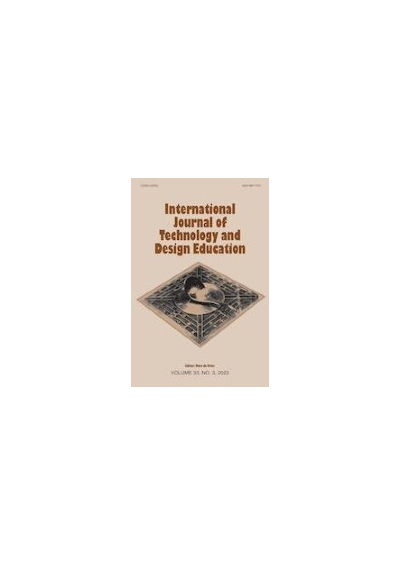The application of digital fabrication technologies to the art and design curriculum in a teacher preparation program: A case study

Song, M .J. (2019). The application of digital fabrication technologies to the art and design curriculum in a teacher preparation program: A case study. International Journal of Technology and Design Education, 30(5), 687-707.
In recent 5 years, digital fabrication technologies have not only advanced rapidly but have also become more user-friendly and affordable, especially regarding their educational uses. Due to these technologies’ capability to link virtual and physical making, educators have extensively discussed their potential impact on fostering a learning-by-doing constructionist approach to science, technology, engineering, and mathematics at all levels of education. However, in K-12 art and design education, the uptake of digital fabrication technologies is lagging, and few studies have measured its potential benefits and how to equip preservice teachers with relevant knowledge and skills for technology-infused classrooms. This exploratory case study investigated how creative processes using digital fabrication technologies can benefit art and design education in the pre-service teacher program and K-12 education context. The data were collected via class observation, artifact analysis and questionnaire. The results showed that digital fabrication technologies had positive overall effects on preservice teachers’ learning in the following areas: problem-solving skills, accuracy in engineering, communicating ideas using effective visual presentation methods, collaborative learning, and understanding the implications of integrating technology into traditional art and design media and educational processes. Additionally, shortfalls were identified and suggestions made for further improvements for design education in teacher training programs.





